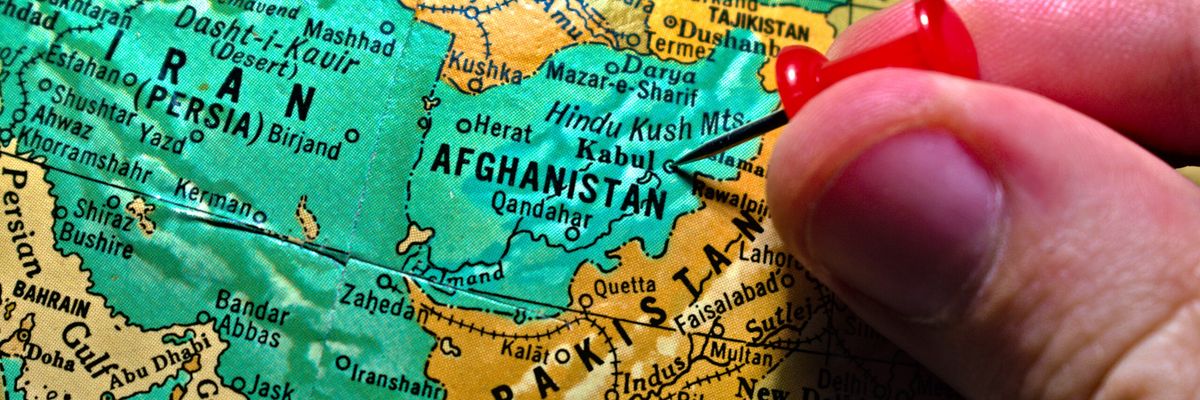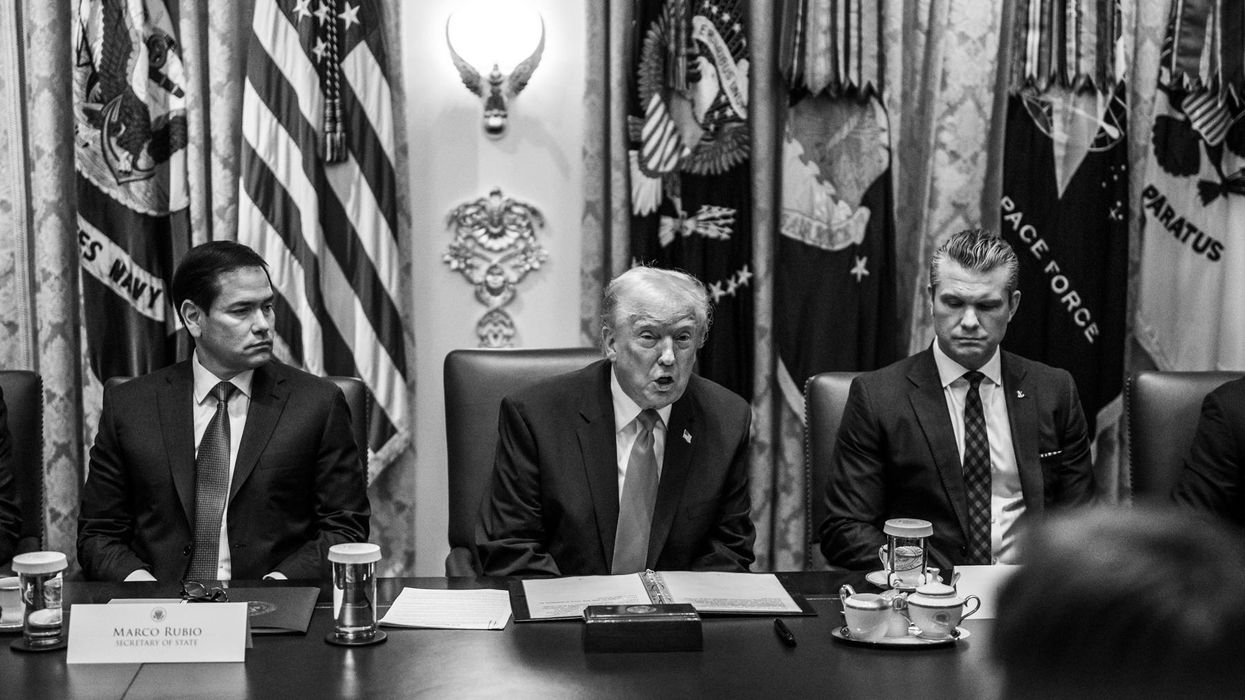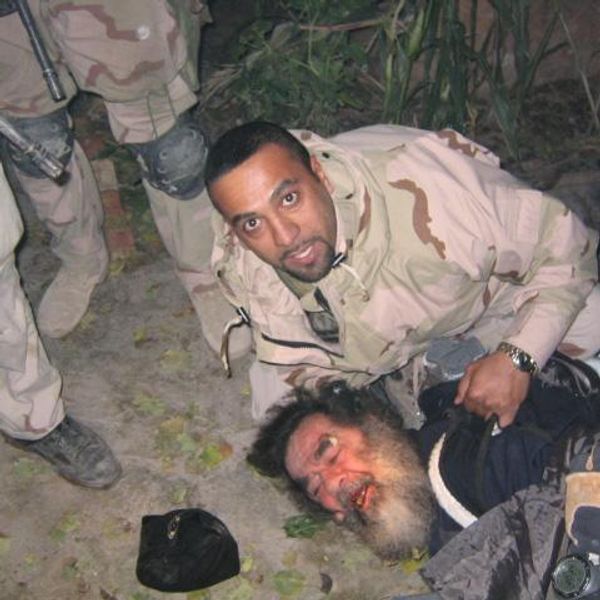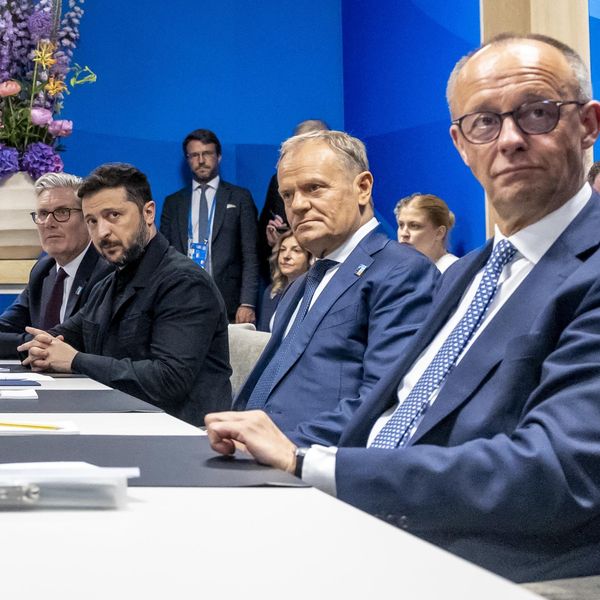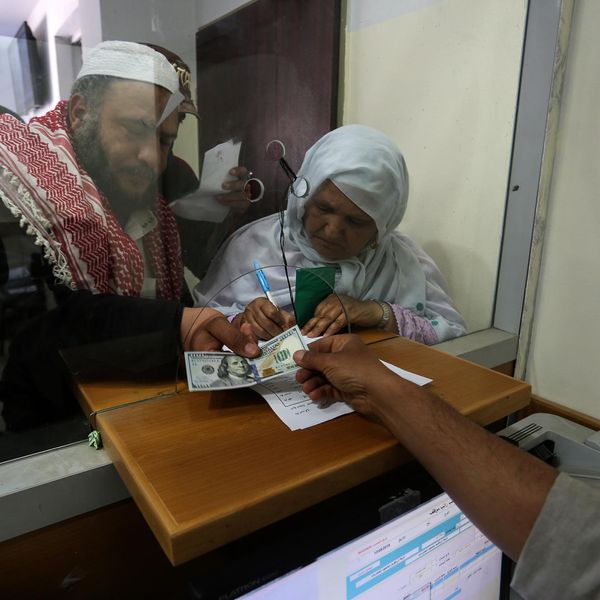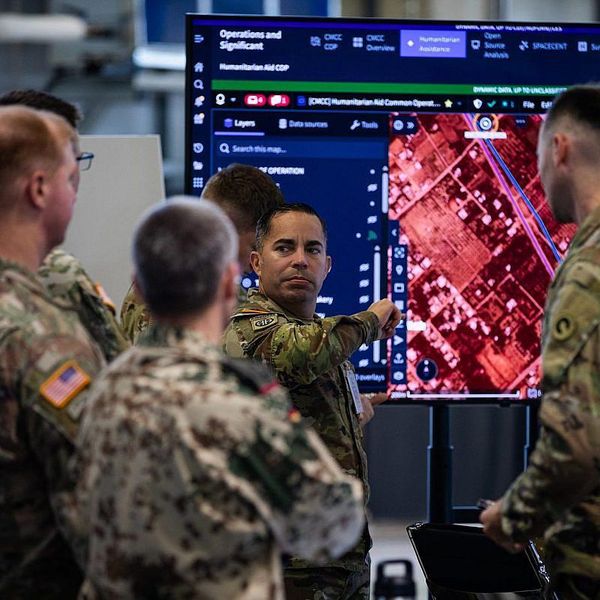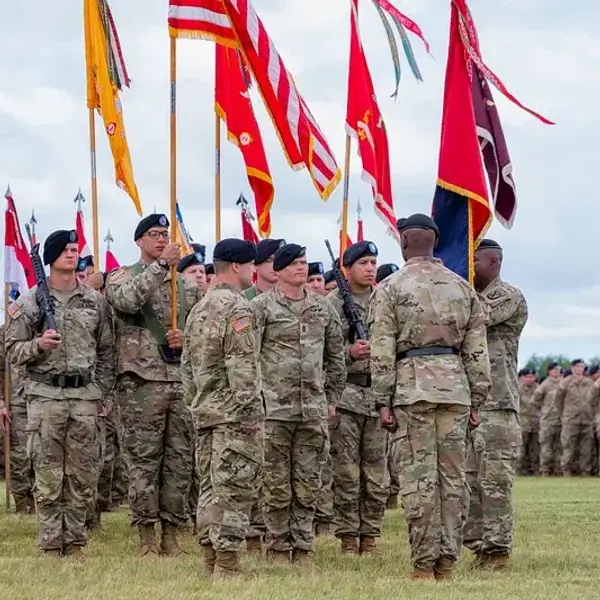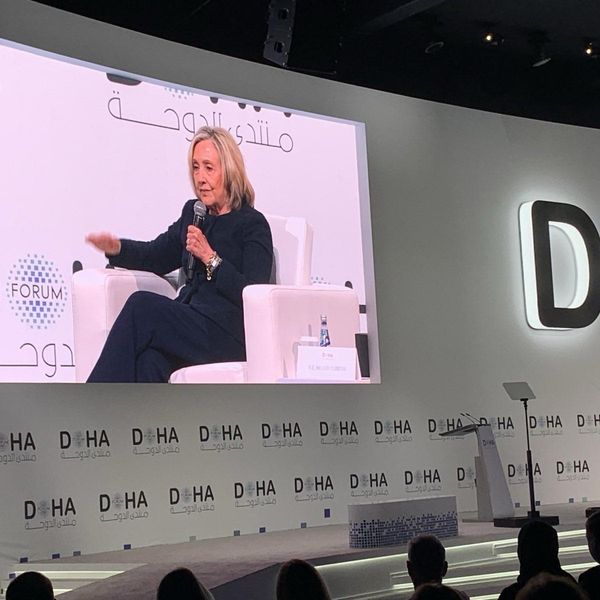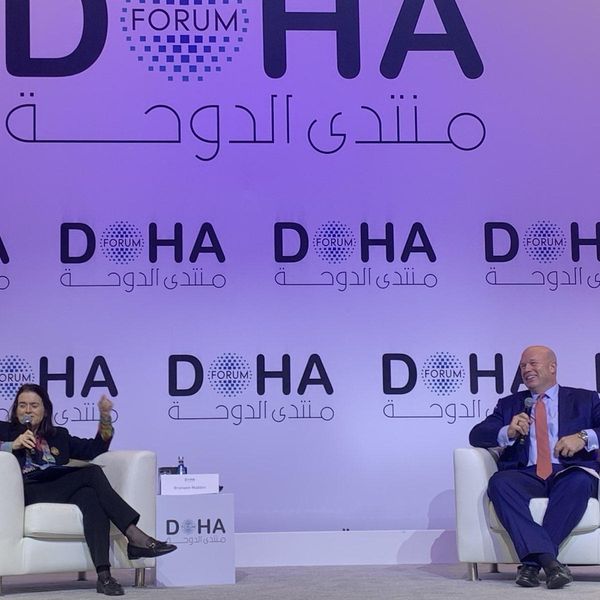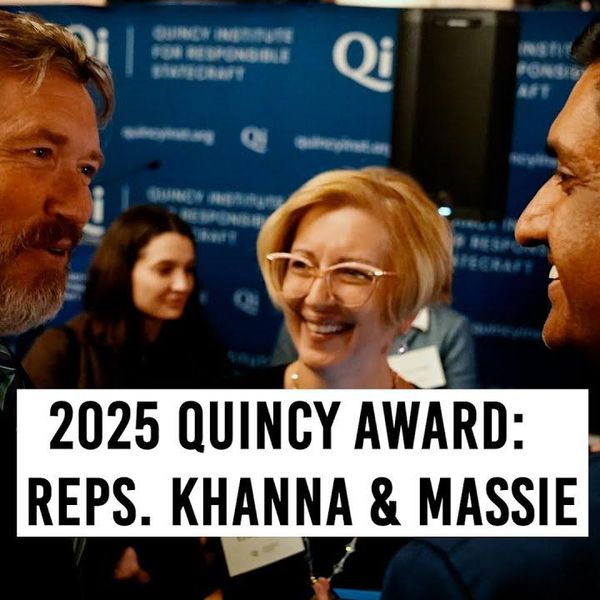Until the horrific August 26 attack outside Kabul’s Hamid Karzai International Airport, Iran’s bottom line on a new Afghan political order was in fact similar to that of the United States: it expected President Ashraf Ghani’s government to survive for several more months, thus opening space for some kind of power-sharing arrangement. In fact, whether genuine or not, Taliban leaders have insisted that they want an “inclusive” government. But the collapse of the Afghan military and Ghani’s unseemly exit have catapulted the movement to a position of power that will hardly reassure minorities such as the Tajiks or the Shia Hazaras. The Taliban must now grapple with the Islamic State-Khorasan, or ISIS-K, a group that includes disaffected Taliban leaders who opposed talks with the United States. Having fought many battles against the movement, ISIS-K will probably escalate its attacks in the hope that a cascade of sectarian violence and mayhem will help it impose its own vision of a “caliphate” on all Afghans, including the Taliban movement and its followers.
Iran’s leaders and the Taliban have a shared interest in stopping ISIS-K. The logic of cooperation was already apparent well before Taliban leaders found themselves in the presidential palace, and it has expanded since the bloody attack on the airport. But as they strive for more common ground, the Taliban and Tehran will also need the backing of all of Afghanistan’s near and far neighbors, including Pakistan, Tajikistan, Uzbekistan, Turkmenistan, and China, as well as Russia. To be sure, we appear now to be on the cusp of yet another “Great Game” in which the key players will compete to shape Afghanistan’s internal power struggles without getting burned by them.
The perils posed by ISIS-K ensure that the United States will continue to be involved—at least from the air—in Afghanistan’s battles. However, it will be a bit player compared to Afghanistan’s neighbors, not least of which is Iran, whose capacity to balance its multiple interests in Afghanistan will be tested in the coming weeks and months. In all likelihood, Iran will meet this challenge through a policy of enhanced opportunistic engagement with the Taliban and other Afghan forces. This strategy could bring Tehran dividends, but not without some risks on both the regional and home fronts.
Beyond theology
Viewed strictly through the prism of sectarian differences, there is little love lost between the Islamic Republic of Iran and the Taliban. Both claim to speak for an authentic Islamic community and both hold that their understanding of Islam must provide the basis of state rule. But the Taliban movement espouses a radical Sunni Islamist credo that views Iran’s Shia ideology as something close to apostasy. This deep theological antagonism has had dangerous consequences for the Hazara minority in Afghanistan—that numbers six to seven million, most of whom are Shia—which suffered repression and massacres at the hands of the Taliban in the late 1990s. The killing of nine Iranian diplomats in September 1998, which Iran blamed on the Taliban, provides a potent reminder of the potential for hostility between the two rivals. While the Taliban’s current leaders insist that they will protect the Hazara, the killing of nine Hazaras in July as well as other similar acts of violence have left the community in fear and impelled thousands to flee across the border into Pakistan. That they will not necessarily be any safer there attests to the level of shear dread in the Hazara community.
The Taliban movement espouses a radical Sunni Islamist credo that views Iran’s Shia ideology as something close to apostasy. This deep theological antagonism has had dangerous consequences for the Hazara minority in Afghanistan.
These despicable acts of violence (which included Iranian reprisals against Taliban prisoners) have been spurred as much—if not more—by shifting geostrategic calculations than theology. For example, the 1998 killing of Iranian diplomats took place against the backdrop of Tehran’s support for the anti-Taliban Northern Alliance. To be sure, the current circumstances are very different. As they seek to solidify their rule among the country’s diverse communities—and what is more, to secure international recognition abroad—the Taliban have an interest in signaling that they will seek accommodation with the Hazara and with Tehran. Whether the movement can or wants to deliver on this promise is another matter. Still, Iran’s best bet is to test the Taliban while using its network of tribal connections in Afghanistan as a lever to push for a more inclusive approach from the movement’s leaders. Moreover, the rise of ISIS-K provides a further, if lethal, impetus for Tehran and the Taliban to work together on the following crucial issues: refugees, water, drug smuggling, and trade and financial flows.
Refugees
Beyond these geostrategic calculations lies a mix of social, economic, resource, geographic, and health related interests that could create incentives for cooperation and/or competition. The 570-mile border between Iran and Afghanistan constitutes the literal and figurative boundary across which these interests flow. Iran’s first order priority is the refugee challenge. It now hosts some 2.75 million Afghan refugees, about two million of whom are undocumented. This huge population has helped to strain Iran’s finances and health system, and it is widely perceived in Iran as a source of drug consumption and smuggling—not to mention as one comprised of carriers of the COVID-19 Delta variant. The recent arrival of more refugees, and the prospect of even greater numbers, has alarmed Iranian officials. Thus, they have every reason to work with the Taliban to slow the flow of refugees across the border. It is true that the prospect or threat of more refugees could give the Taliban some leverage with Tehran. Yet the prospect of more refugees also highlights the Taliban’s failure (or unwillingness) to address the fears of the Hazara community. There also are worries in Tajikistan and Uzbekistan of a refugee influx that may include Tajiks and Uzbeks who were radicalized by the Islamic State. Thus Tehran and the Taliban have a mutual interest in supporting a governing strategy that mitigates these refugee flows while reassuring Afghanistan’s neighbors that the Taliban will not export instability across their many borders.
Water
Flowing into Iran’s Sistan region, the waters from Afghanistan’s Helmand River sustain a million Iranians. In seeking to ensure this supply, Iran has funneled weapons to various armed groups in Helmand Province, including the Taliban, which has allies in the region who have the means to shut down the canals through which these waters flow. Under the previous Afghan government, the two countries sustained a water-sharing arrangement that was the subject of constant dispute, especially given the near drought conditions Afghanistan has suffered in recent years. With the Helmand River constituting a “lifeline of water” for Afghanistan, Tehran and the Taliban could soon be at loggerheads if they cannot find some way to share this vital, if depleting, resource.
Drug smuggling
Afghanistan supplies about 90 percent of the world’s illicit opium, a good part of which is brought across the border into Iran. This trade has stoked a narcotics epidemic, with one report from 2017 suggesting that Iran has nearly three million addicts. Iranian officials complain that Iran has suffered the brunt of this fight without international assistance. For their part, US officials have asserted that Iranian security forces are facilitating drug smuggling, an accusation that some Iranian experts have hinted is not far off the mark.
The Taliban’s recent promise to ban heroin is unconvincing, particularly given what seem to be credible reports that it is expanding its role in illegal drug production.
Despite the contested truth of these competing claims, the Taliban’s recent promise to ban heroin is unconvincing, particularly given what seem to be credible reports that it is expanding its role in illegal drug production. Iran has paid a high price for this illicit activity; nevertheless, because Iranian and Taliban officials benefit from this trade, and because both Tehran and the Taliban have good geostrategic reasons to look the other way, drug smuggling will probably continue to be a shared rather than a conflicting interest.
Trade and financial flows
Iran has been Afghanistan’s biggest trading partner since 2018. The lion’s share of this trade comes from Iranian exports: in 2017-18, total Iranian exports to Afghanistan reached some $2.7 billion, with Iranian goods constituting 11 percent of Afghanistan’s consumer market. Much of this trade comes through Iranian electricity and fuel exports. Iran briefly halted its oil exports in early August but resumed them after a direct request from the Taliban. On the financial front, with its foreign reserves frozen by US sanctions, Iran has relied on Afghanistan for a good part of its hard currency. When the United States recently halted dollar deliveries to Afghanistan in anticipation of the Taliban victory, Iran felt the sting. As for the Taliban movement, which is deprived of some $9 billion sitting in the Federal Reserve in New York, it will have to contend with rapid devaluation of the Afghan currency and higher inflation. Experts argue that this will impose more burdens on citizens struggling to survive and who are already paying a high price for the dramatic drop in trade across the border. With the two economies interdependent, it is essential that the Taliban and Tehran restore their economic ties and that both countries secure a measure of political and economic stability.
Domestic tremors in Iran
Restoring ties with the Taliban will pose diverse challenges for Iran. With US-Iranian talks on the nuclear issue going nowhere, and with the Biden Administration unsure of what signals it wants to send the Taliban, the fate of Iranian-Afghan ties will depend in part on the actions of Iran’s chief rival, the United States. Moreover, in Iran itself, the question of whether and how to pursue relations with the Taliban is hotly contested. During his last weeks as Iran’s foreign minister, Mohammad Javad Zarif chaired a peace conference in Tehran that brought many of the Afghan antagonists, including the Taliban, around the table. He signaled cautious optimism about the course of events in Afghanistan, thus underscoring Tehran’s desire to help shape the terms of a new government in Kabul. But all of this now seems like a long time ago. The Taliban’s rapid victory, and the ongoing threat posed by ISIS-K, have both shifted the geostrategic and diplomatic ground.
The good news, if there is any, is that the threat posed by ISIS-K provides an additional incentive for Tehran and the Taliban to cooperate.
The good news, if there is any, is that the threat posed by ISIS-K provides an additional incentive for Tehran and the Taliban to cooperate. They will now have to do so with a new Iranian president, Ebrahim Raisi—who, to say the least, may not fully share the global engagement proclivities of his predecessor, Hassan Rouhani—and with a new foreign minister, Hossein Amir-Abdollahian who, like Raisi, is closely tied to Supreme Leader Ali Khamenei. If this triad of leaders will speak loudly for the “axis of resistance” strategy and ideology championed by Iran’s hardliners, it is far from clear how they can, or should, integrate the Taliban into Iran’s regional policies.
Part of the challenge facing Iran’s hard-liners is that their axis of resistance strategy is animated by conflicting strategic priorities. On the one hand, they want to align Iran with those countries that are contesting US power. With China and Russia now courting the Taliban, Tehran’s support for this effort would fit squarely into the hard-liners’ overall foreign and regional policy. On the other hand, Iran needs to sustain its links and credibility with the Hazara community, lest it be viewed as sacrificing its self-declared mission as Shia protector to the pragmatic exigencies of state interest. Hazara leaders have questioned Tehran’s commitment to their cause, even warning that Tehran might be prepared to stop backing the Hazara to win the Taliban’s favor.
Iran’s approach to Afghanistan’s Shia community is not merely a religious or sectarian issue. Tehran created and worked closely with the Afghan Shia Fatemiyoun militia forces. Closely aligned with the leaders of the Islamic Revolutionary Guard Corps, the Fatemiyoun—many of whose troops returned to Afghanistan from Syria in 2020—played a key military role saving Tehran’s ally in Damascus and defeating the Islamic State in Iraq and Syria. The IRGC wants to sustain this vital relationship while pursuing ties with the Taliban in the context of Iran’s wider regional and geostrategic policy on Afghanistan. This will be a tricky task.
As they grapple with these various aims, Iran’s leaders who believe that the Taliban movement has changed must also contend with sharp criticism from within the political and even military establishment.
As they grapple with these various aims, Iran’s leaders who believe that the Taliban movement has changed must also contend with sharp criticism from within the political and even military establishment. This criticism comes from conservative and reformist media outlets, as well as religious leaders, thus underscoring the strategic and sectarian concerns in Iran that animate opposition to working with the Taliban. In the wider populace, which is already suffering from a severe economic crisis and the seemingly endless terror of COVID-19, there is little love for Afghan refugees, whose numbers may now grow. In seeking to establish his reputation as a leader whose first order priority is to address the economic plight of average and middle class Iranians, Raisi must be careful not to fall into foreign engagements that might be seen as antithetical to an “Iran first” policy. Indeed, tensions within the hard-line elite, a body that is not monolithic, will probably grow in tandem with Tehran’s efforts to balance its multiple domestic and regional policies.
Mutual interests, but multiple uncertainties
Facing multiple uncertainties, Iran’s leaders will move cautiously as they manage the dangers and opportunities that the Taliban’s victory in Afghanistan has created. But Tehran has already shown an impressive capacity for sustaining a diverse range of relationships and networks. Indeed, when it comes to the Taliban, Iran has displayed a far greater measure of pragmatism than Washington. It is now poised to reap the rewards by working with the Taliban to confront a common regional enemy: ISIS-K. This will be a sensitive enterprise, one made more complicated by fissures within the Taliban’s own leadership. Still, Iran and the Taliban have mutual interests that will favor cooperation despite their long-standing rivalry and despite—or perhaps because of—the many risks ahead.
This article has been republished with permission from Arab Center DC.

